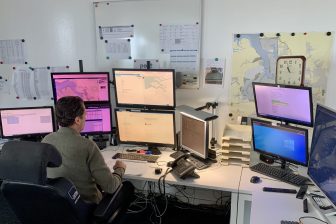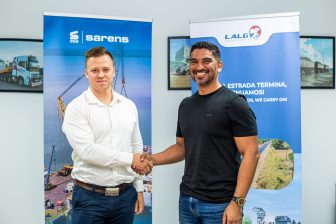
Great Lakes St. Lawrence Seaway Development Corporation has a new administrator
Adam Tindall-Schlicht has been appointed as the new administrator of the Great Lakes St. Lawrence Seaway Development Corporation (GLS). He spoke to PCJ about his vision for the waterway, cargo trends, and sustainability.
Adam Tindall-Schlicht was appointed to the role of GLS administrator by United States (US) President, Joe Biden on 6 November 2022. This was later announced on 14 November 2022. As administrator, Tindall-Schlicht will oversee the GLS, a wholly owned US government corporation, responsible for the operation and maintenance of the US portion of the Great Lakes St. Lawrence Seaway (the Seaway).
The Seaway is a system of locks, canals, and channels, connecting the Atlantic Ocean to the North American Great Lakes, via the Saint Lawrence River. It is the longest deep-draft inland navigation system in the world, with 245,750 square kilometres of navigable waters. This bi-national trade corridor is crucial to regional economies, allowing ocean-going vessels to reach some of the largest American and Canadian ports, thus providing access for all types of cargo, deep into North America.
“One of the things that makes this appointment really unique for me is that I’m a former employee of the Seaway. After recently serving as director of Port Milwaukee for the last four and a half years, I’m excited to return home in this new capacity,” said Adam Tindall-Schlicht to Project Cargo Journal. Tindall-Schlicht also served as a Commissioner of the Southeastern Wisconsin Regional Planning Commission and as Board Member of the Great Lakes Protection Fund.
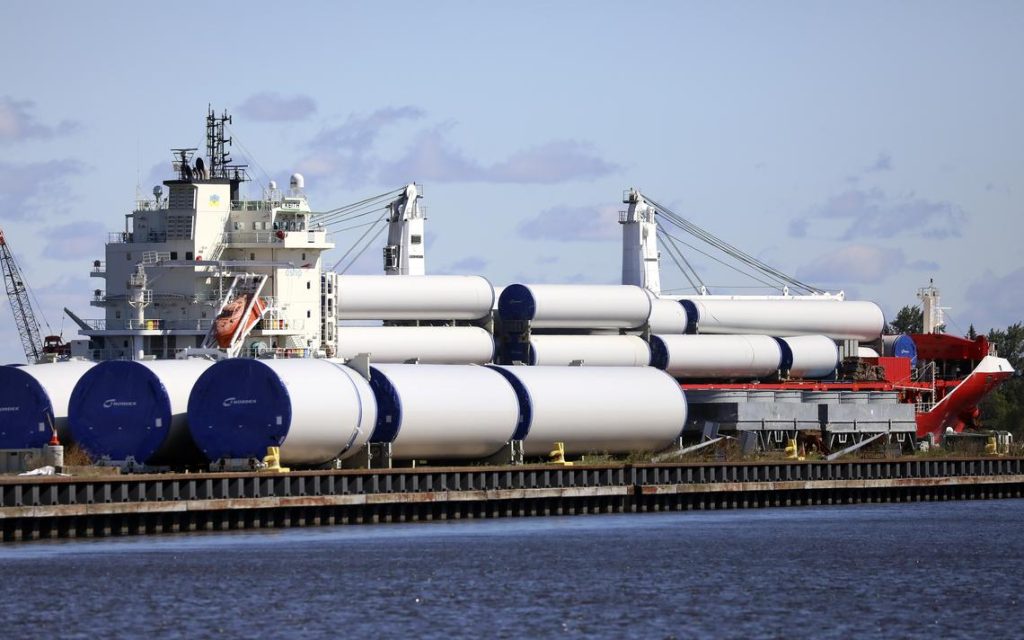
Enhancing international visibility
“We want our customers from around the world to know that their cargo is being handled safely, efficiently and reliably, and really maintaining that operational excellence is one key goal.” In addition to maintaining this, one of Tindall-Schlicht’s goals is also increasing the 3,700 kilometres marine highway’s visibility: “Making sure that all who are looking for a really excellent supply chain option have the Seaway System at the forefront of their mind is a personal goal,” he explained.
Over 38 million metric tons of cargo was shipped through the Seaway during last year’s navigation season, which lasted from March 22, 2021, through December 31, 2021. Almost a quarter of cargo transported on the seaway travels to and from international ports. According to Tindall-Schlicht, “What we estimate in terms of international cargo is that 70% of all international traffic is between the US and Canada. And maybe another 20% is Europe, the remaining 10% is going to be the Middle East, China, and South America.”
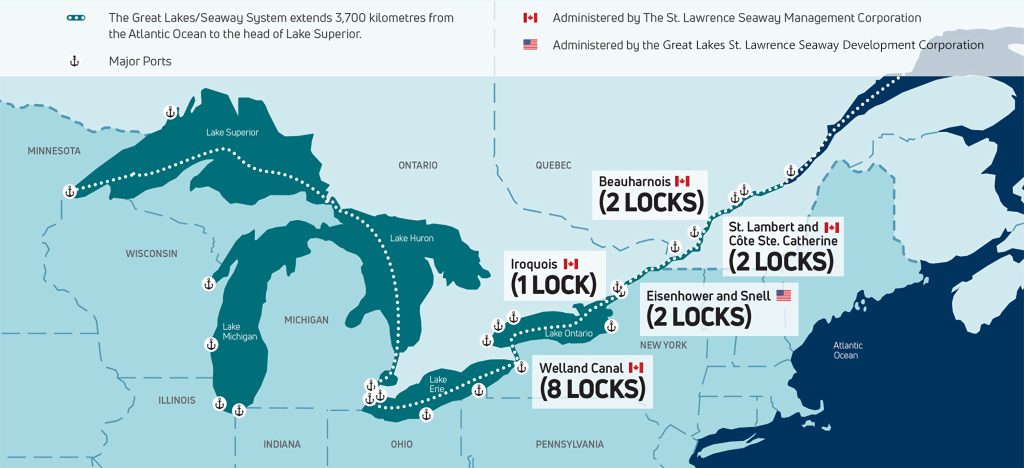
“I intend to help expand the knowledge and utilisation of multimodal connections that are here within the Heartland of North America,” he continues. For instance, the Seaway is connected to 40 major US highways and six major (Class 1) railroads. “Enhanced connectivity means new and more robust ways to handle different types of freight. The Seaway, and I as administrator, in particular, can help increase awareness of these capabilities as they come online for international customers,” elaborated Tindall-Schlicht.
Deepening ties with Europe
The new administrator hopes to deepen ties with Europe: “We are envisioning new outreach specifically to the European freight forwarder community, trying to make sure that folks that are supporting European supply chains, especially those that are exporting from the EU into North America, have critical connections to US and Canadian Great Lakes ports.”
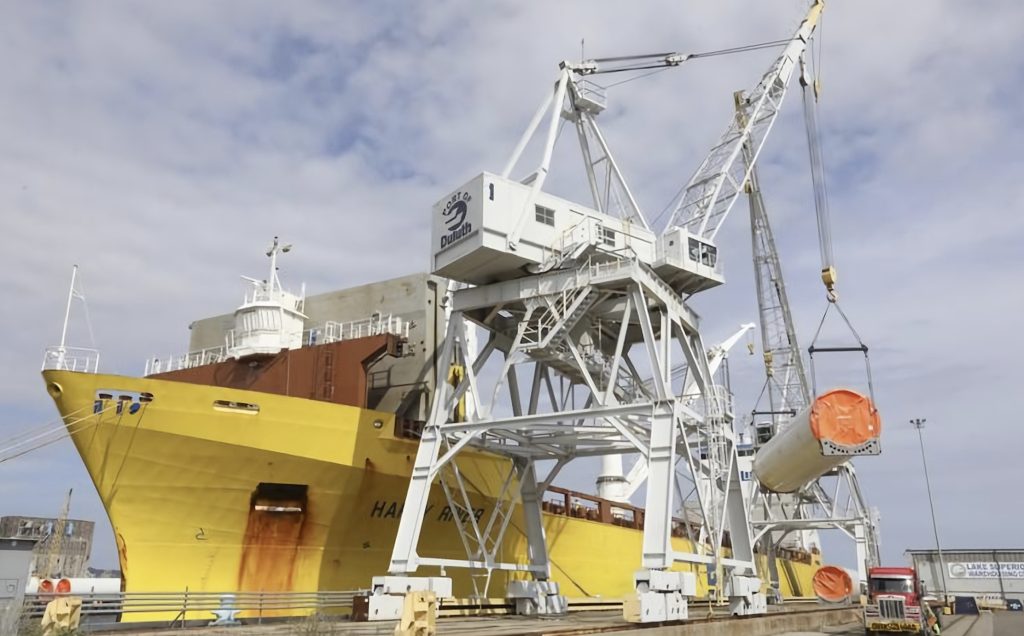
One example of this type of cross-Atlantic outreach that took place prior to Administrator Schlicht’s GLS appointment is a new Memorandum of Understanding (MoU) signed between the Great Lakes & St. Lawrence Governors & Premiers (GSGP) and the Port of Antwerp-Bruges in September, supporting the growth of the Great Lakes trade lane and increase options for shippers. “I think there’s a ton of potential, not just with large ports like Antwerp itself, but then expanding outward into the hinterland,” commented Tindall-Schlicht.
Increasing cargo diversity
“One of the success stories of this shipping season certainly has been a 25% increase in the export of US grain and other agricultural commodities to international customers. Other sectors seeing strong cargo movements are dry bulk commodities, including coke and potash, general cargo, and the liquid bulk sector, all seeing very consistent volumes,” said Tindall-Schlicht. The Administrator also highlighted the growth in containerised cargo, stating that the Seaway’s capacity has been a “meaningful relief valve during times of global supply chain uncertainty” brought on by the COVID-19 pandemic, and the Ukrainian conflict.
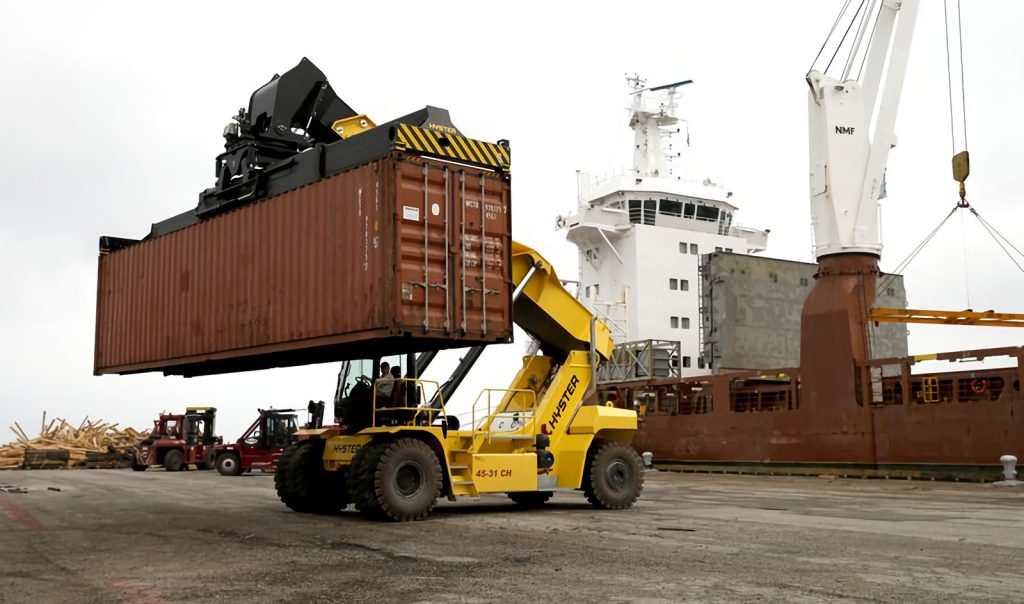
Project cargo is also becoming increasingly common on the Seaway. According to Tindall-Schlicht: “We’re seeing a lot of new cargo being handled, especially expensive complicated break bulk and project cargo.” As an example, Tindall-Schlicht cites “one of the most expensive cargoes handled on the Great Lakes in the past two seasons was a $50 million-dollar gantry crane, built by Konecranes and shipped out of the Broadwinds facility in Manitowoc, Wisconsin.” The Seaway’s role as a maritime supply chain with global connectivity makes it possible not only to bring in project cargo, like wind turbines, but to export complex assemblies manufactured within the Great Lakes region.
Renewable energy cargo movements also continue to increase. “Wind energy cargo has to be acknowledged as a really exciting growth opportunity. Again this season, wind energy cargo has been handled in ports on all five of the Great Lakes. The greatest levels of activity so far this season have been seen in Buffalo, Ogdensburg, and Oswego as wind energy project development expands in upstate New York,” said Tindall-Schlicht, “It’s an exciting time to see more project cargo, and more wind energy cargo being handled in our System.”
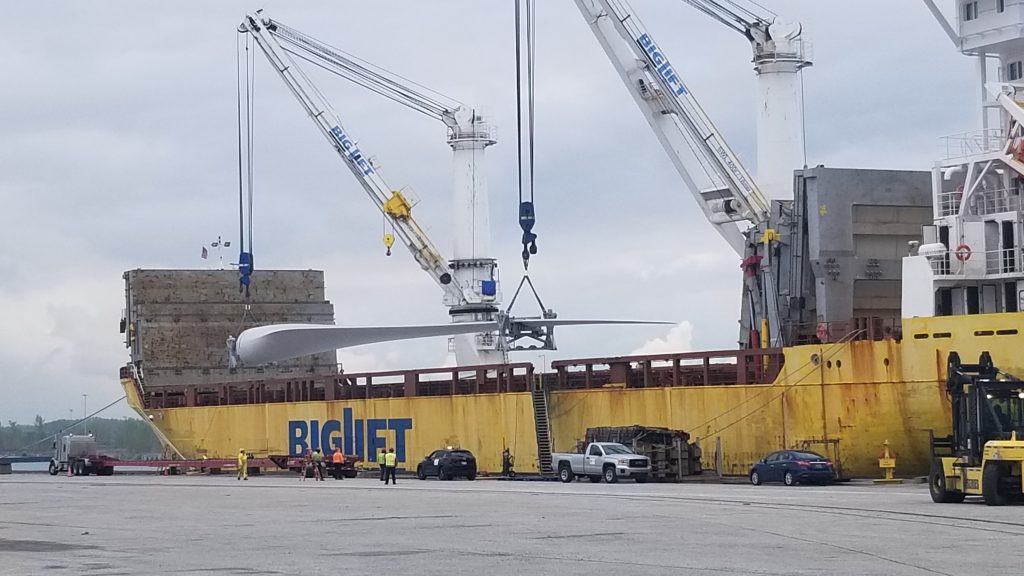
Investment and Sustainability
“One of my goals is to continue developing the Seaway System as a world-class, sustainable waterway for cargo, domestically and internationally. We are setting up the Seaway for a more resilient future. For me, this is about economic resiliency, social resiliency, and environmental resiliency,” said Tindall-Schlicht. He also referenced President Biden’s recent statement at the recent COP27: “A good climate policy is good economic policy.”
“There are federal tools that have been put in place by the Biden administration to help US ports, in particular, adapt to customer demand and change, but also how Great Lakes ports respond to climate change and coastal resiliency related issues going forward,” explains Tindall-Schlicht. “The bipartisan infrastructure law, which has created 17 billion dollars in new waterway harbour and port related investment in the United States, is a generational opportunity for Great Lakes ports to reinvest and to pursue infrastructure investments that are needed, as frankly, ship operations evolve and become more sustainable and more environmentally friendly,” explains Tindall-Schlicht.
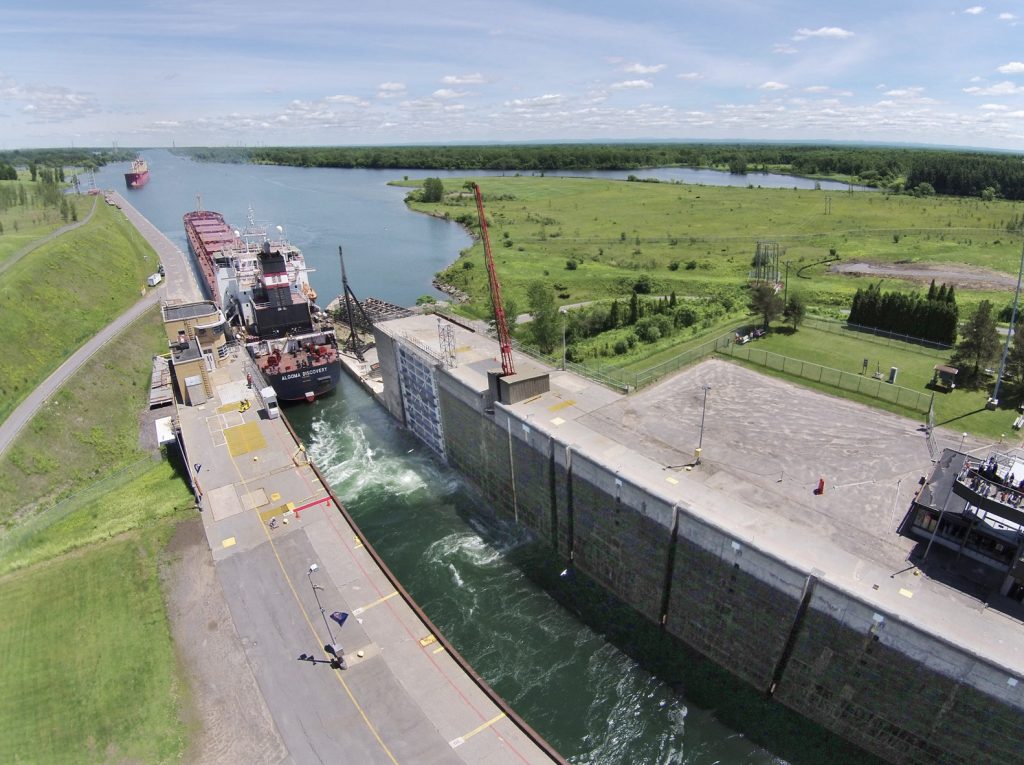
He also referenced the US Department of Transportation’s (DOT) Port Infrastructure Development Program (PIDP), which just announced a fourth round of funding. “But also subsequent to the infrastructure bill, the Inflation Reduction Act which was also recently passed here in the United States is strengthening both the investment tax credit (ITC) and the production tax credit (PTC). (…) So we think that’s going to help bring on a lot more environmental and sustainability related projects across the country and certainly here in the Great Lakes.”
Lastly, “One of the announcements that came out of COP 27 was the initiative between the US and Canadian governments to establish a green shipping corridor network on the Great Lakes System. My team and I have already begun work to realise what that announcement entails, and we look forward to carrying that work out in 2023 and beyond,” he concluded.
You just read one of our premium articles free of charge
Register now to keep reading premium articles.


